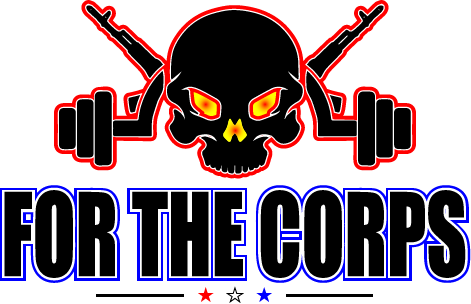Ranks in the Marines | Enlisted and Officers Ranks Described!
Marine Corps customs and courtesies are a big part of the Corps and Recruits must learn and memorize the various ranks in the Marines. You will address your superiors by their respective ranks. In this article, we’re going to cover every rank in the Marine Corps and give you a detailed understanding of each.
If you are considering joining the Marine Corps I would highly suggest you start learning and memorize the Marine Corps rank structure before you even ship out!
Anything you can do beforehand to better prepare you for Marine Corps recruit training the better.
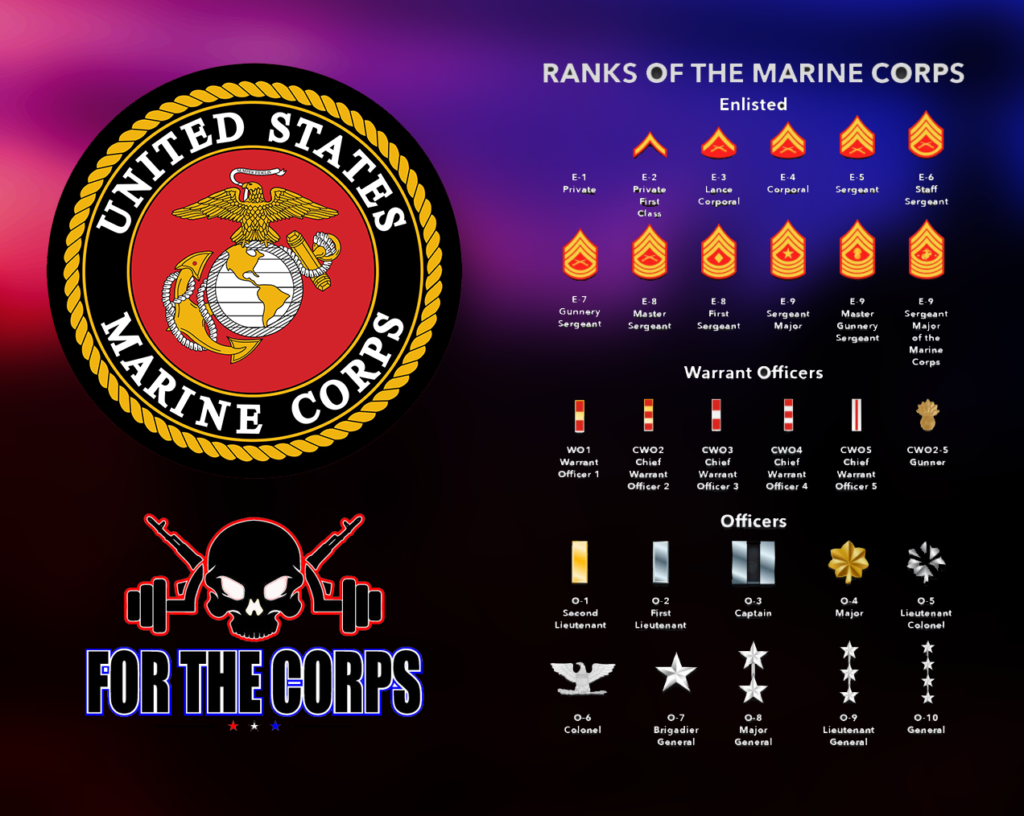
Marine Corps Ranks Explained
Enlisted Marines Ranks
Junior Enlisted Marines
| E-1 | Private | Pvt |
| E-2 | Private First Class | Pfc |
| E-3 | Lance Corporal | Lcpl |
Junior Enlisted Marines play an important role in the overall mission of the Marine Corps. It all starts here and a large focus should be spent on learning new technical skills, leadership abilities, and the ability to follow orders. Other areas of focus should be looking out for your peers, personal growth, and how to become a productive member of the Marine Corps. You are the future of the Marine Corps which shouldn’t be taken lightly.
E-1 | Private (Pvt)
A private is the first enlisted rank in the Marine Corps and it is the rank given to new Marines upon graduation from Basic Training. As a Private, the responsibilities required are to learn how to be a contributing member of the Corps and to follow orders. You are the lowest member on the totem pole and you will be required to do what you are told. It is a tough rank to adjust to, but necessary to gain your footing as a United States Marine.
Promotions at the Junior Marine level are much easier and more common. Once a Private has completed six months of service and meets the basic promotion criteria they can be promoted to Private First Class. Company Commanders have the authority to promote at this level.
E-2 | Private First Class (Pfc)
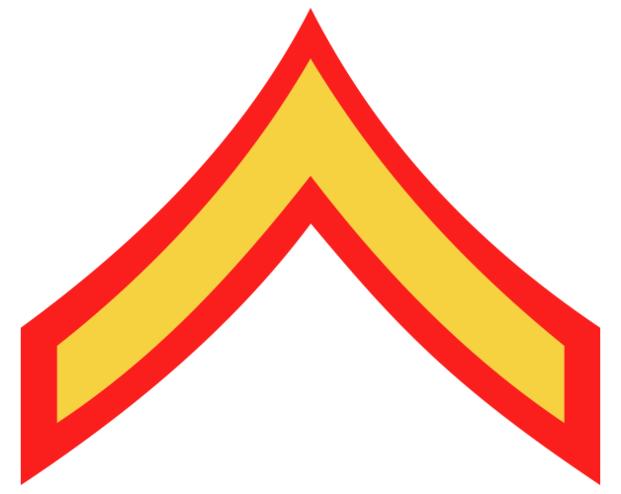
While Private First Class is only the second enlisted rank in the Marine Corps, these Marines play a vital role in the overall mission of the Corps. The sole job of a Private First Class is to apply their newly learned technical skills, continue to learn and develop new skills, follow orders and be a good Marine.
For promotion to Lance Corporal, a Private First Class must have completed 9 months in service (TIS) and or 8 months in grade (TIG). Company Commanders also have the authority to promote at this level and promotions are pretty much automatic for those Marines that meet the basic promotion criteria.
E-3 | Lance Corporal (Lcpl)
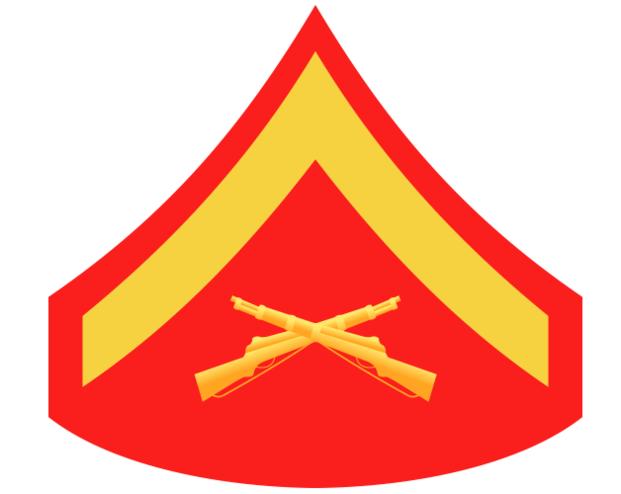
Lance Corporal is the third enlisted rank in the Marine Corps. This is an exciting rank because these Junior Marines have a little bit of time and experience under their belts. They have earned their place within their platoons, understand their jobs, and daily objectives, and can provide a level of guidance to less seasoned Junior Marines.
Lance Corporals are required to continue applying their technical training, learning and developing leadership skills, and striving towards attaining the rank of Corporal (E4).
For a Lance Corporal to be promoted or even considered for promotion to the rank of Corporal (the first NCO rank) they must demonstrate the necessary skills. They must be able to handle the increased demands of a Non-Commissioned Officer, demonstrate leadership abilities, meet the basic eligibility requirements and compete in the Marine Corps wide Composite Score competition. A Composite Score or “Cutting Score” is comprised of a Marines PFT, CFT, Rifle Score, Education, Proficiency/Conduct Marks among other things, and is designed to promote the best-qualified candidates in the Marine Corps.
Non-Commissioned Officers (NCOs)
| E-4 | Corporal | Cpl |
| E-5 | Sergeant | Sgt |
Marine NCOs make up a special part of the Marine Corps. As NCOs, these Marines are leaders both in and out of combat situations and uphold the standards of the Marine Corps and ensure their Junior Marines do as well. These men and women shape the future of the Corps by training, molding, instilling discipline, and ensuring customs and courtesies are maintained by the Junior Marines.
The Marine NCO Creed:
I am an NCO, dedicated to training new Marines and influencing the old. I am forever conscious of each Marine under my charge, and by example will inspire him to the highest standards possible.
I will strive to be patient, understanding, just, and firm. I will commend the deserving and encourage the wayward.
I will never forget that I am responsible to my Commanding Officer for the morale, discipline, and efficiency of my men. Their performance will reflect an image of me.
Here is a list of Duties you can expect to see as an NCO:
- Train subordinates in their MOS and Basic Military Skills
- Be accountable for the actions of those below you
- Enforce the Military Standards and physical appearance
- Ensure supervision, control, and discipline of subordinates
- Assist in the personal and professional development of fellow Marines
- Provide a link of communication from the individual Marine to the Organization
- Plan and conduct routine day-to-day operations as established by your senior leaders
- Maintain appearance and condition facilities, billeting spaces, and work areas
- Maintain serviceability, accountability, and readiness of assigned arms and equipment
- Lead by example and set the example for your subordinates to follow
E-4 | Corporal (Cpl)

Acquiring the rank of Corporal in the Marine Corps shows that you have demonstrated maturity, professionalism, and leadership. How you conduct yourself, your proficiency in your MOS and your success in and out of combat will largely determine your development as a small unit leader.
While Corporal may be the junior non-commissioned officer (NCO) rank, it does not take away from the responsibility and authority you carry. It is a difficult rank to adjust to only because you are now in charge of those junior Marines you once spent the majority of your time with.
To be promoted to Sergeant, a Corporal must demonstrate sound leadership skills, willingness to succeed, and the ability to handle the increased demands expected of them. Corporals must also meet basic eligibility requirements, as well as, compete in a Marine Corps-wide Composite Score competition that focuses on promoting only the best most qualified candidates.
E-5 | Sergeant (Sgt)
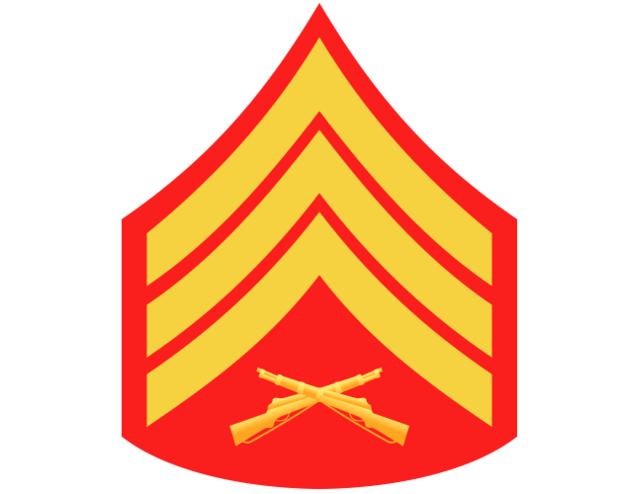
As a Sergeant in the Marine Corps, you are the “Back Bone of the Marine Corps”. You have proven yourself as a leader and while your responsibilities will closely align with that of a Corporal, you are now in communication with larger numbers of Marines and are in charge of maintaining more gear, equipment, and property.
Sergeants are typically more seasoned, experts in their field, and demonstrate a much higher level of maturity, professionalism, and leadership. You have deployments, both combat, and non-combat, and bring a different level of experience. You are responsible for shaping those individual Marines below you and giving them the guidance needed to succeed in the Corps.
For a Sergeant to become “selected” to be promoted to Staff Sergeant (SSgt) and all ranks that follow (E6-E9) they must participate in a Centralized Selection Board. A thorough review of each applicant’s record is completed by the board ensuring the best and most qualified individuals are promoted to Staff NCO.
Staff Non-Commissioned Officers (SNCOs)
| E-6 | Staff Sergeant | SSgt |
| E-7 | Gunnery Sergeant | GySgt |
| E-8 | Master Sergeant | MSgt |
| E-8 | First Sergeant | 1stSgt |
| E-9 | Master Gunnery Sergeant | MGySgt |
| E-9 | Sergeant Major | SgtMaj |
The Marine Corps Staff NCOs are those career Marines serving in grades E-6 through and including E-9. Marine Staff Non-Commissioned Officers hold various positions with special responsibilities and are seasoned Marines. They have progressed through the ranks and have proven their worth and are granted a higher level of respect as such.
E-6 | Staff Sergeant (SSgt)
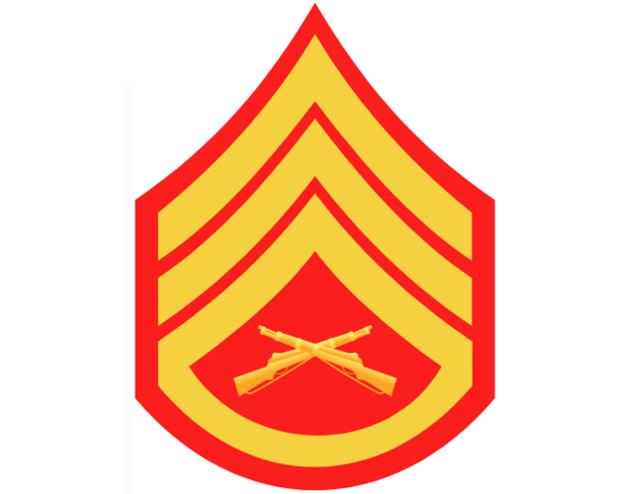
Like a Corporal is new to the NCO ranks, a Staff Sergeant is new to the SNCO ranks. The responsibilities and differences vary greatly at the SNCO level than they do at the NCO level. As a Staff Sergeant, you have a greater level of responsibility and accountability than you did as a Sergeant. You are expected to use your knowledge and experience to train, educate and lead your Marines.
As a Staff Sergeant, you are responsible for the success and development of the Sergeants and the other Marines below you. Your responsibilities will have increased and you will spend much less time getting your hands dirty, and instead participate in planning the daily operations.
A Staff Sergeant’s professional competence is measured by the successful development of those Marines below them.
E-7 | Gunnery Sergeant (GySgt)
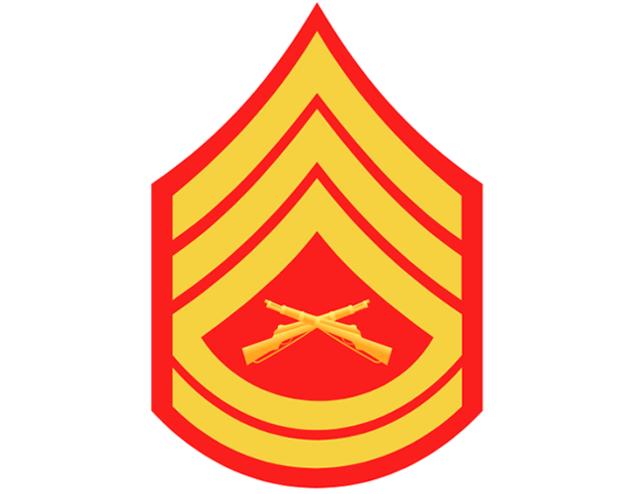
Gunnery Sergeants (Gunnies) possess a high level of competency within their respective MOSs and are expected to bring those experiences to light and provide sound leadership to those below them. They are effective decision-makers and display great leadership and professionalism for their fellow Marines to emulate.
According to Military.com a large portion of a Gunnery Sergeant’s job is to:
- Train and motivate their subordinates
- Be held accountable for the actions of their subordinates
- Enforce the standards of military and physical appearance
- Ensure supervision, control, and discipline of subordinates
- Personally and professionally develop fellow Marines
- Provide communication links between the individual Marine and the organization
- Plan and conduct the routine and day-to-day unit operation within the policies established by senior officers
- Maintain the appearance and condition of unit billeting spaces, facilities, and work areas
- Maintain serviceability, accountability, and readiness of assigned arms and equipment
- Maintain the established standards of professionalism and job performance for the Marine, the NCOs, the SNCO, and the Corps
- Support, follow, and implement policies established by senior officers
For promotion to E-8, a Gunnery Sergeant must indicate on their Fitness Reports whether they would like to be considered for promotion to Master Sergeant or First Sergeant.
E-8 | Master Sergeant (MSgt) & First Sergeant (1stSgt)
At this level, an E-8 in the Marine Corps can choose to become a First Sergeant or a Master Sergeant. Both share the same pay grade, but both have different responsibilities. A First Sergeant is technically part of the Command staff and works directly with the Commander, whereas the Master Sergeant has more technical responsibilities.
Master Sergeant (MSgt)
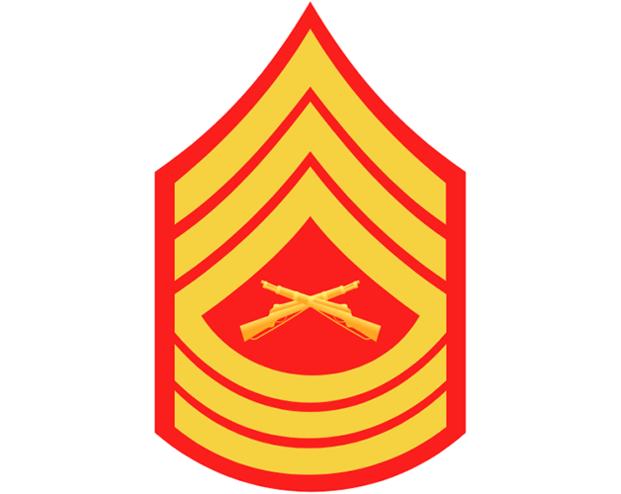
A Master Sergeant is considered the technical expert within their respective MOS Field. Often nicknamed “Top” for their level of expertise, these individuals are seasoned enlisted Marines with years of experience under their belts. These Marines display an outstanding proficiency in the MOS, show an exceptionally high level of leadership and supervisory abilities, and possess the ability to assist the Commander in all technical, tactical, and administrative requirements.
The next enlisted rank for a Master Sergeant is Master Gunnery Sergeant.
First Sergeant (1stSgt)

The first sergeant is the senior enlisted adviser to the unit commander. A First Sergeant displays an exceptionally high level of professional competence, and leadership abilities and possesses the ability to assist the Commander in all technical, tactical, and administrative requirements.
The next enlisted rank for a First Sergeant is Sergeant Major.
E-9 | Master Gunnery Sergeant (MGySgt) & Sergeant Major (SgtMaj)
Just like Master Sergeants and First Sergeants, a Master Gunnery Sergeant and a Sergeant Major share the same pay grade of E-9, but both have very different responsibilities.
Master Gunnery Sergeant (MGySgt)
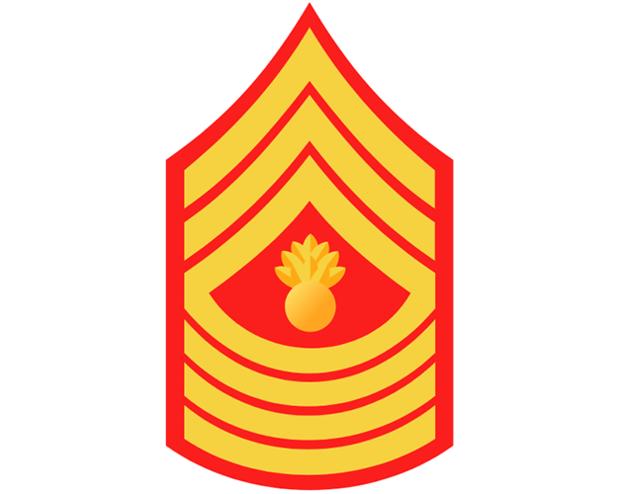
A Master Gunnery Sergeant is the Technical Expert in the MOS. They possess an extremely high level of leadership and supervisory abilities and are highly proficient in their assigned MOSs.
Sergeant Major (SgtMaj)
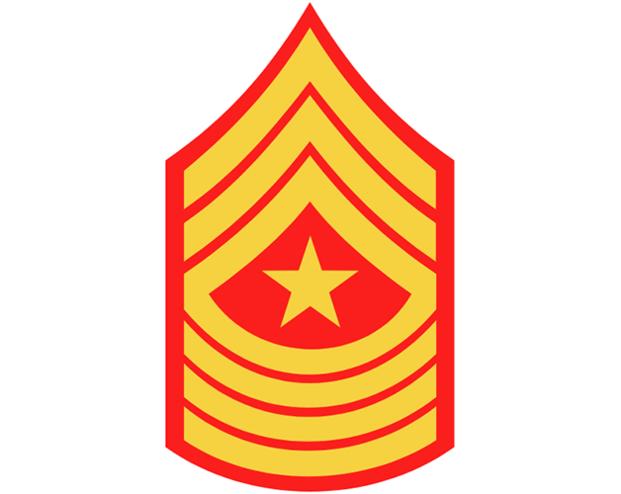
Sergeant Majors act as the principal enlisted advisors to Marine Commanders. They also possess extremely high levels of leadership and supervisory abilities and are the principal enlisted assistants to the Unit Commanders. They assist with all administrative, tactical, and technical requirements of the organization.
Warrant Officer Ranks
Warrant Officers are specialists in their respective MOS Fields. They provide leadership and training to their Marines. For a Marine to be appointed to a Warrant Officer a Marine must be a Sergeant or above (E5-E9) and the warrant must be approved by the Secretary of the Navy. According to Marines.com, “Warrant officers become commissioned officers at the rank of Chief Warrant Officer 2, though they will generally serve as technical advisors, providing expertise to commands and organizations in their field.”
A “Marine Gunner” is a Chief Warrant Officer who is serving as an infantry weapons officer and is given this title. This does not replace their rank. Instead, a “Marine Gunner” will replace the Chief Warrant Officer Insignia on their left collar with a Bursting Bomb Insignia.
Warrant Officer 1 (WO)

Chief Warrant Officer 2 (CWO2)

Chief Warrant Officer 3 (CWO3)

Chief Warrant Officer 4 (CWO4)

Chief Warrant Officer 5 (CWO5)

Officer Ranks
Company Grade Officers
O-1 | Second Lieutenant (2ndLt)

The second lieutenant in the first rank a commissioned officer makes when they join the United States Marine Corps. These individuals are often guided by senior officers or warrant officers because of their lack of experience. Common nicknames for a second lieutenant are “nugget” and “butter bar” because of the gold bar insignia.
O-2 | First Lieutenant (1stLt)

First Lieutenant is often automatically achieved once an officer has served for two years as a Second Lieutenant. This promotion will come with more responsibilities and a higher increase in pay.
O-3 | Captain (Capt)
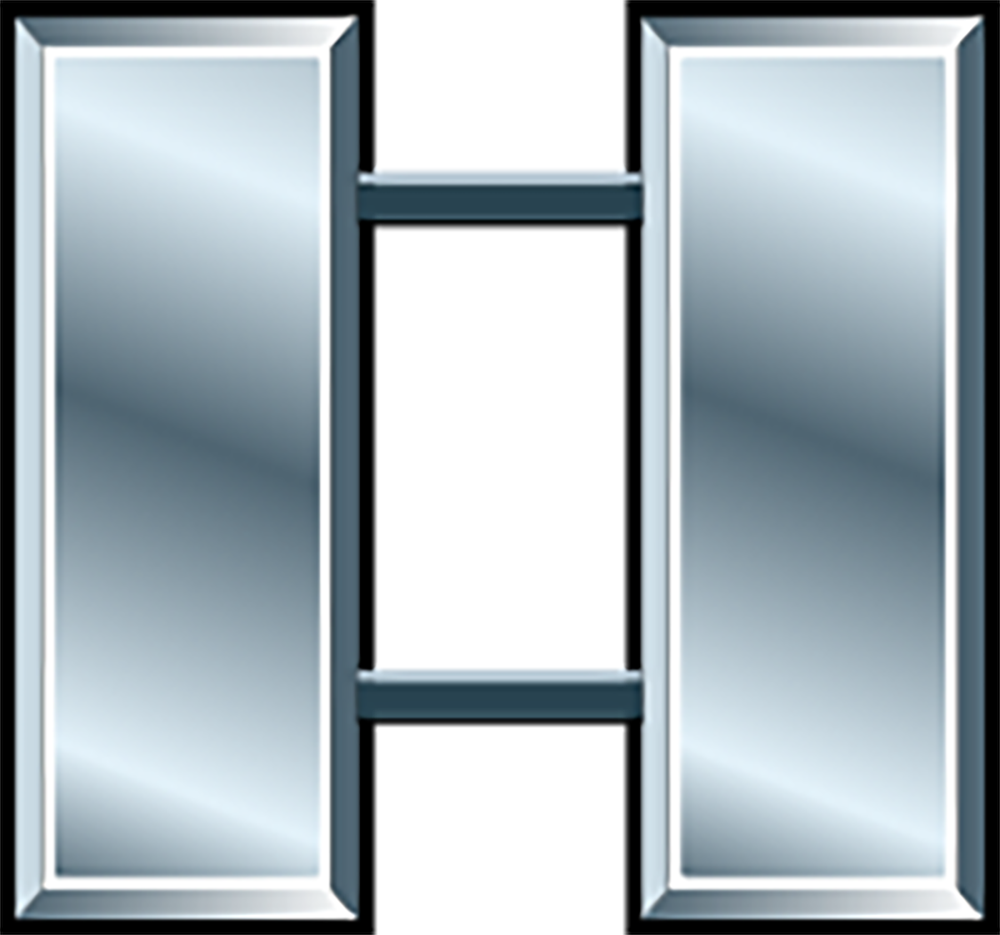
A Captain in the United States Marine Corps is responsible for individual companies and will act as a Company Commander responsible for many Marines. Captains are in charge of the everyday operations of their respective companies and are assisted in their duties by SNCOs.
Field Grade Officers
O-4 | Major (Maj)

Majors are considered field grade officers and carry more responsibilities than a Captain.
O-5 | Lieutenant Colonel (LtCol)
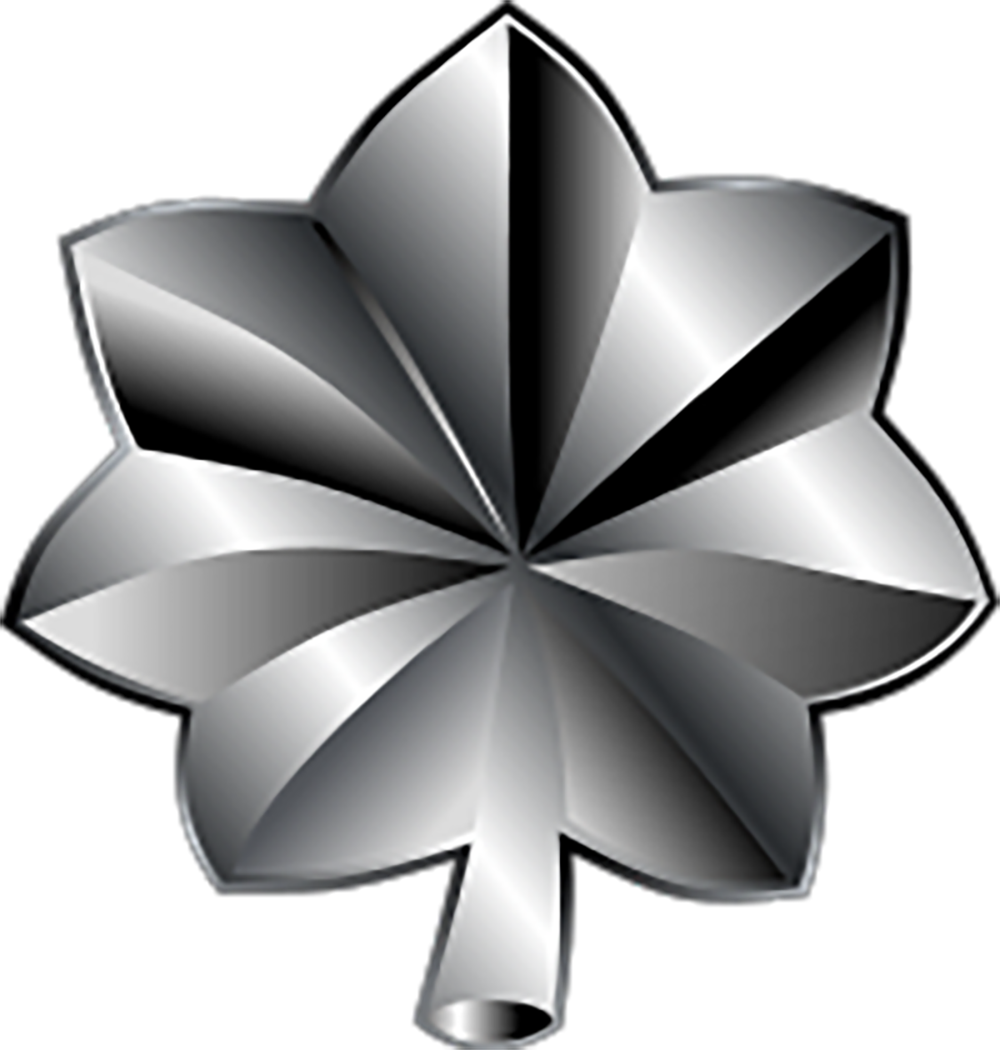
As the second field grade officers in the Marine Corps, a Lieutenant Colonels’ command can consist of nearly 1,000 Marines at any given time. They are seasoned officers and are assisted by one major, junior commissioned officers, and one command sergeant major as an enlisted adviser. One can expect to serve in the Marine Corp for at least 16 years before looking at a promotion to Lieutenant Colonel.
O-6 | Colonel (Col)
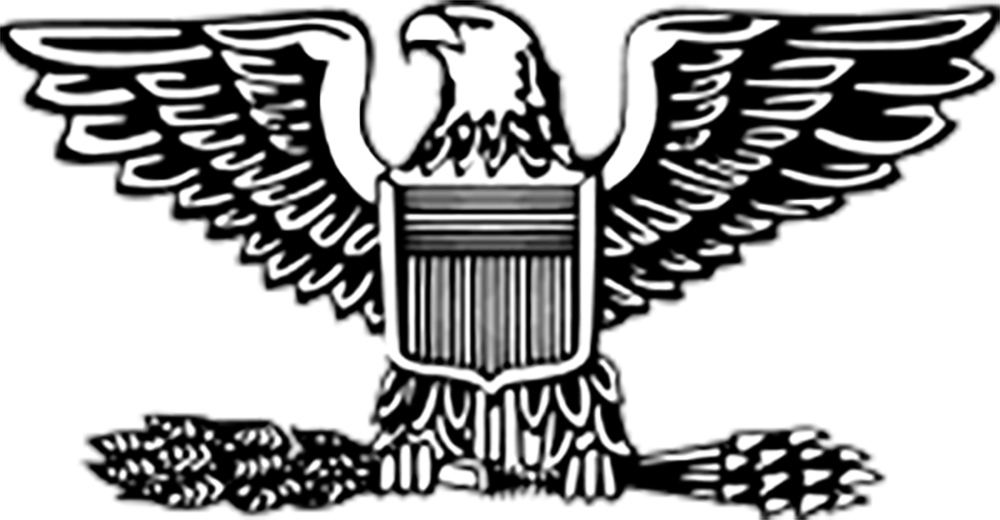
A full bird Colonel is a high achievement in the United States Marine Corps and the Military in general. According to Military.com, “Colonels in the Marine Corps typically go to the Army War College in Pennsylvania or the Marine Corps War College in Virginia. It typically takes 21-23 years to reach this rank, and it is considered to be the final step before reaching the general officer ranks.”
Generals
O-7 | Brigadier General (BGen)

While a Brigadier General is the lowest of the General Officer Ranks in the Marine Corps, they are often in command of 10,000-15,000 Marines at any given time. They are in charge of the tactical planning, training, and coordination of operations. A Brigadier General can hold this rank for 5 years or once 30 years of service have been reached before they must retire. The only exception is a promotion to Major General.
O-8 | Major General (MajGen)
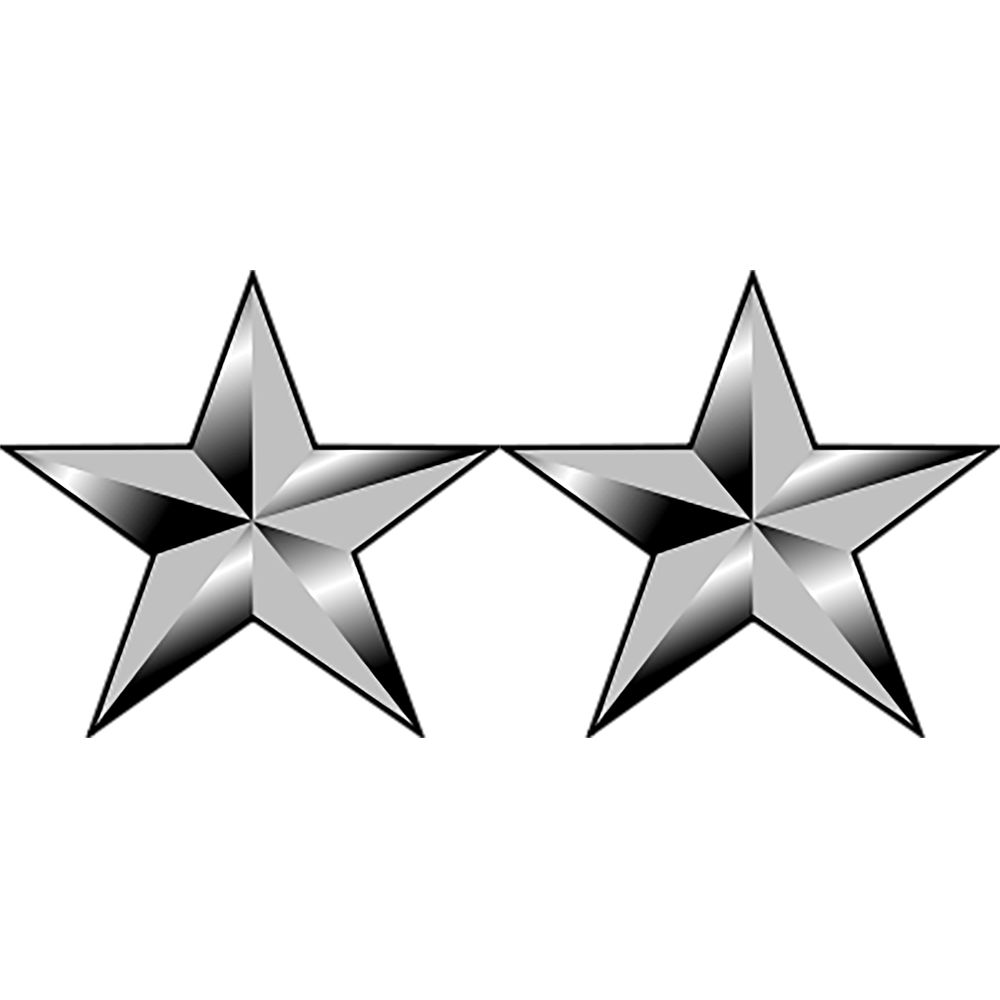
Promotion to Major General is rigorous and highly competitive. These individuals must participate in a strict process and have multiple nominations and reviews. They can hold this rank for 5 years or 35 years of service before being forced to retire. Again, promotion is the only exception to this rule.
O-9 | Lieutenant General (LtGen)
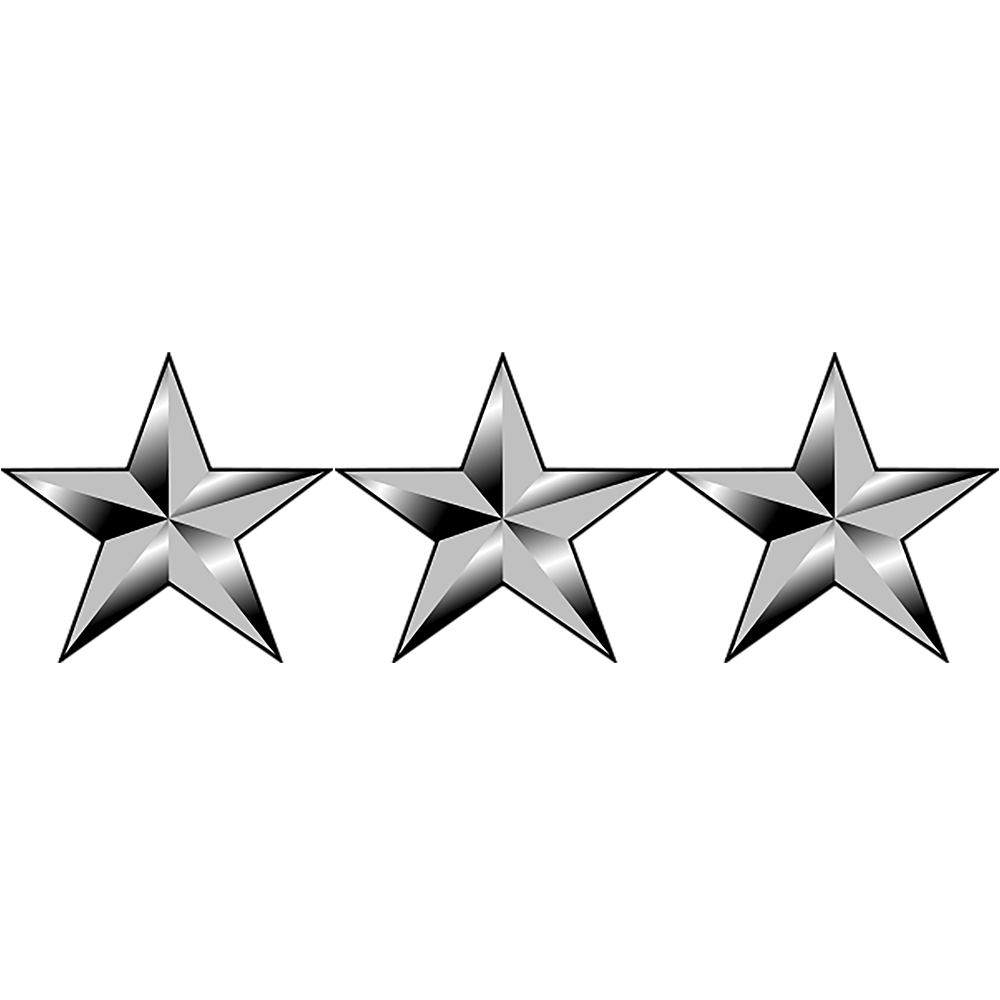
As described by Military.com, “Considered a temporary rank, lieutenant generals retire once their active tour of duty or service comes to an end. They must retire after 38 years in the service or a month after turning 64. Lieutenant generals can extend their status only through an act of Congress.”
O-10 | General (Gen)
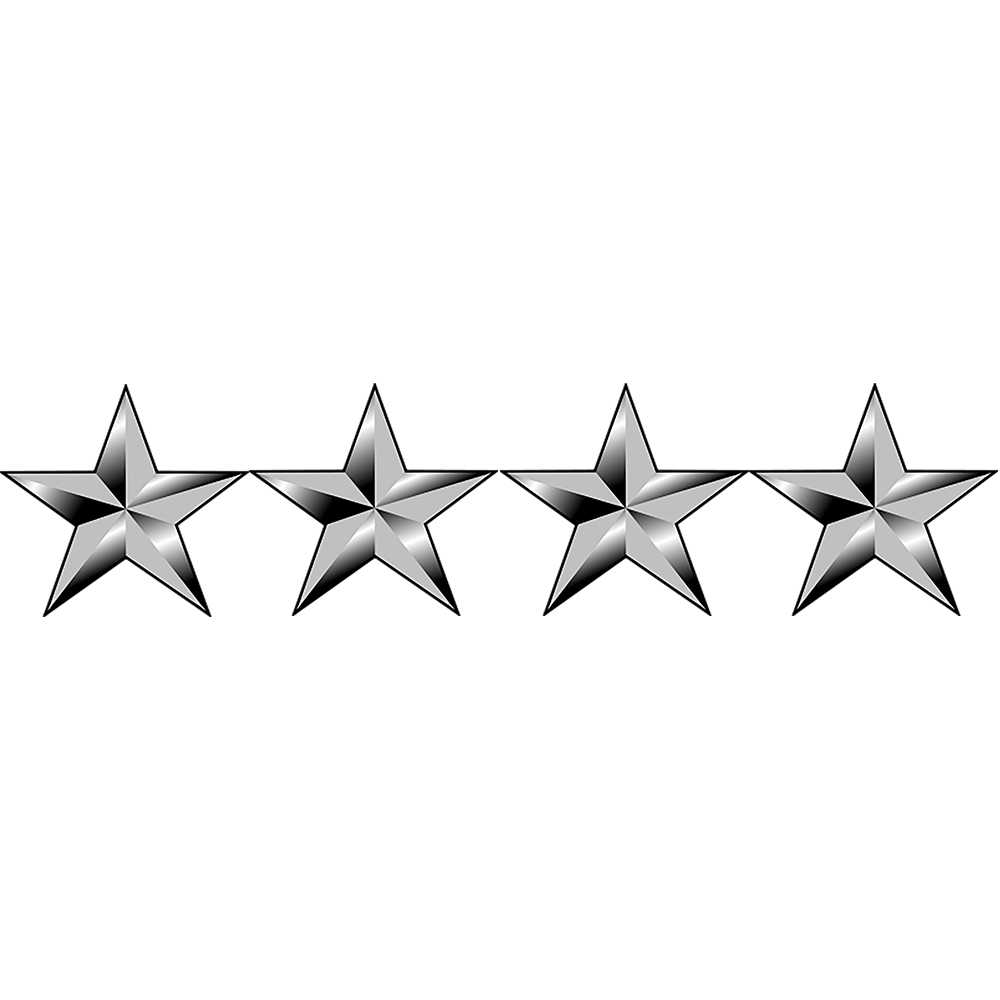
A General in the Marine Corps is a significant achievement. These individuals are the highest-ranking officers in the Marine Corps. The Marine Corps can only have 60 active general officers at any given time, and of these 60, only three are Four-Star Generals! To obtain this rank you must be nominated by the President of the United States and confirmed by the Senate. You must retire at 40 years of service or after the age of 64.
What now?
Now that you’ve had the chance to learn about each of the three career paths within the United States Marine Corps you can figure out which decision is best for you!
If you are considering Joining The Marines in 2022, then use this guide as a reference to learn and memorize the individual ranks of the Marines.
It will be highly beneficial to learn and memorize the various Ranks in the Marines.
Grab your FREE copy of the Marine Corps Knowledge eBook!
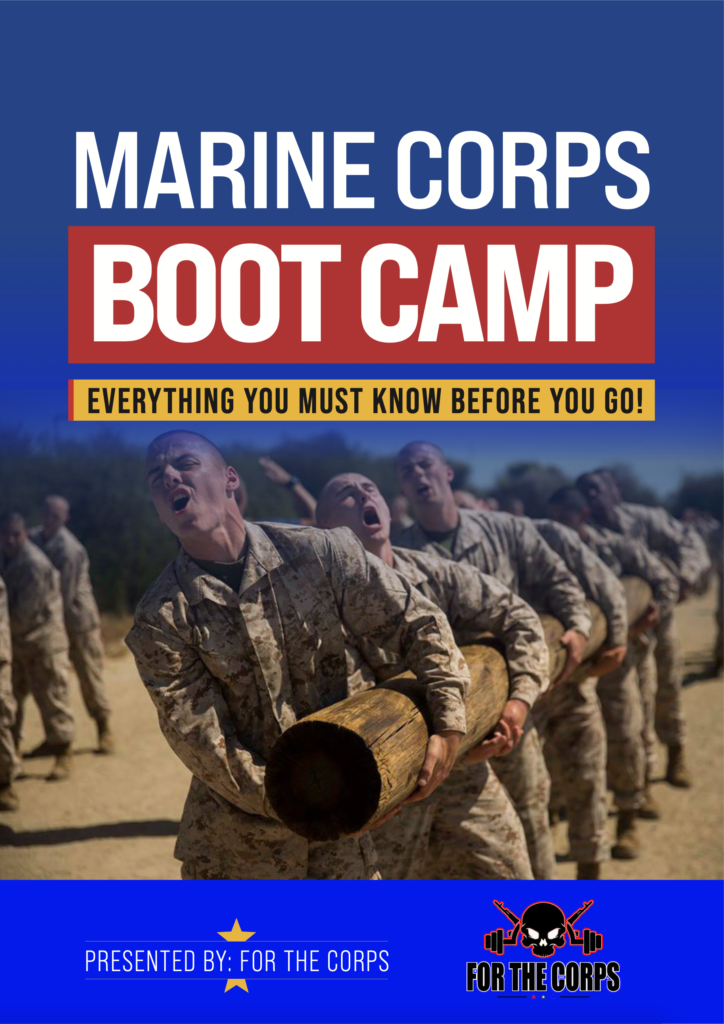
Thanks for stopping by!
Semper Fidelis,
Tony
Sergeant (Marine Corps Veteran)
For The Corps
Before you leave, here are some Articles you NEED to Check out!
- What To Ask Your Military Recruiter? Ask These 20 Questions!
- Are You Considering Joining The Marines in 2022? | Don’t Fall VICTIM To This!
- Where Do Marines Live After Boot Camp? | Here Is EVERYWHERE You Will Be Going After Basic Training!
Visit the For The Corps YouTube Channel for more content!
